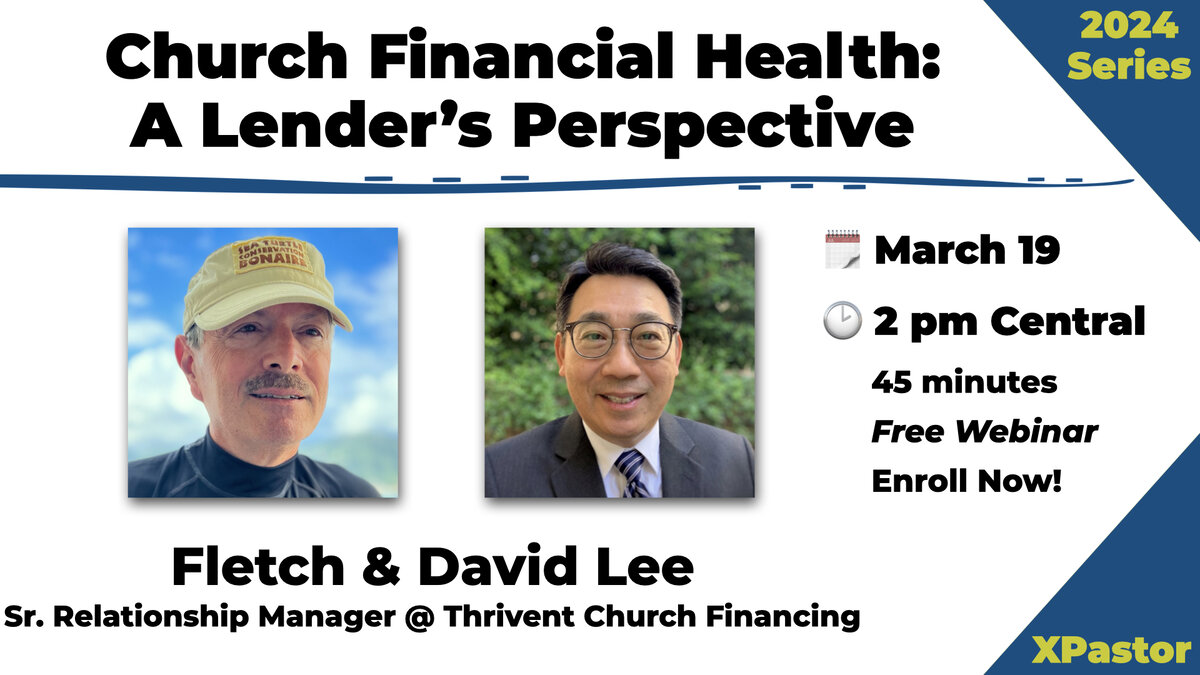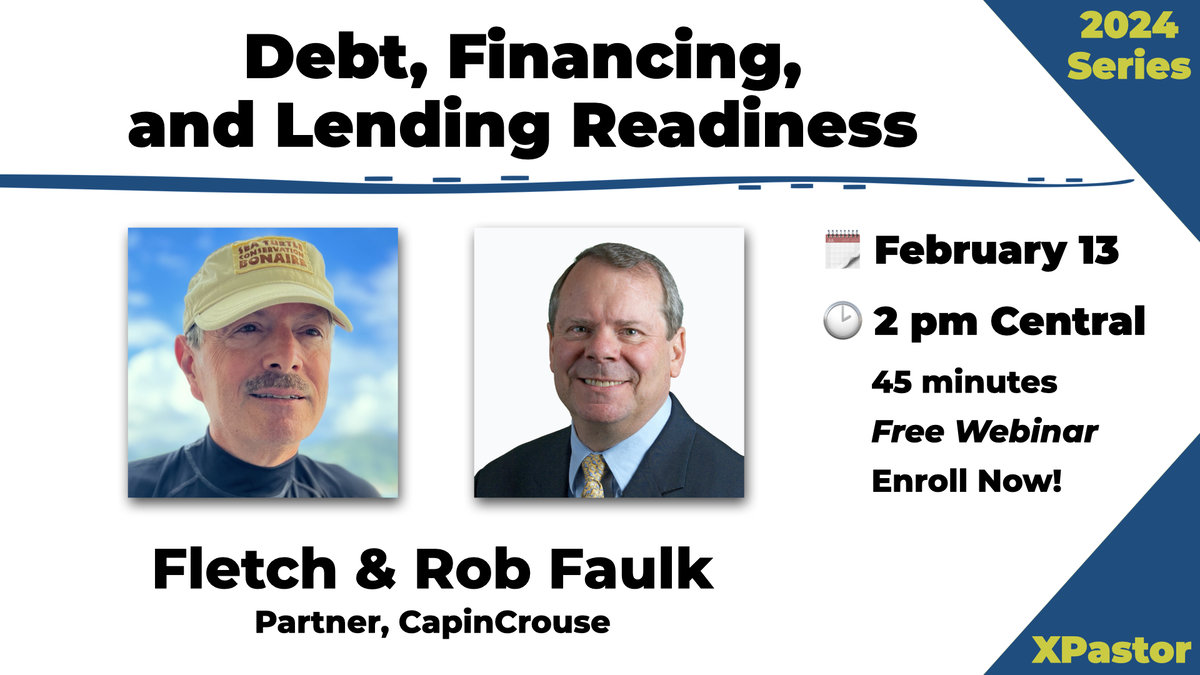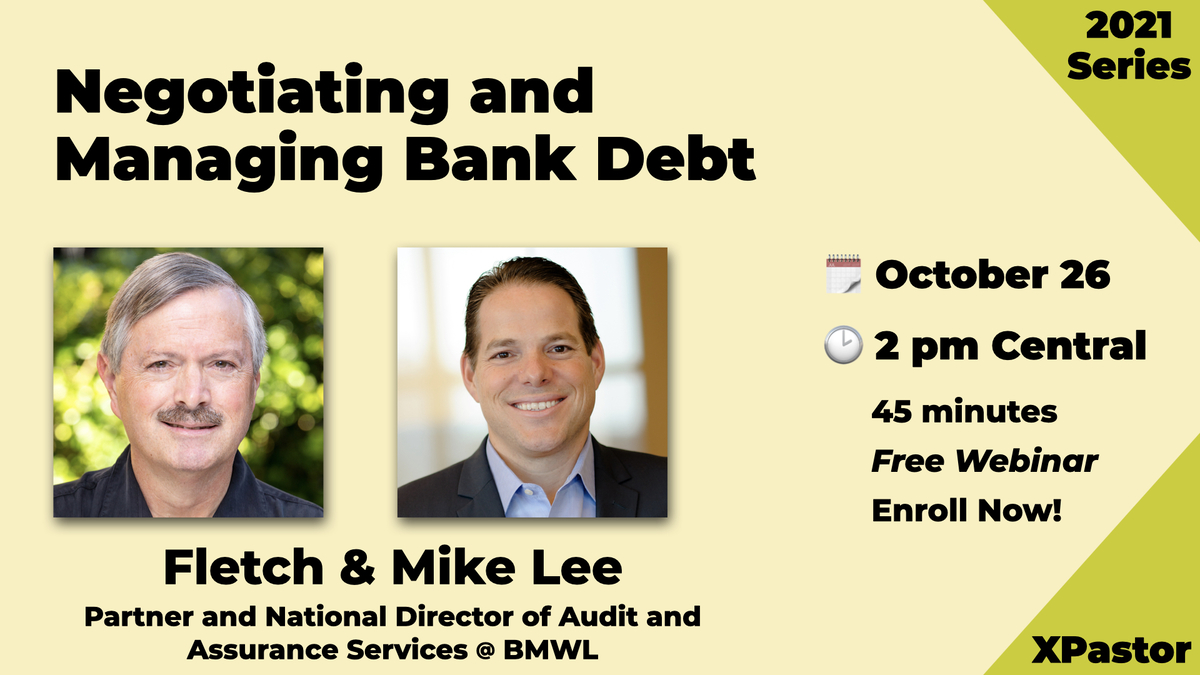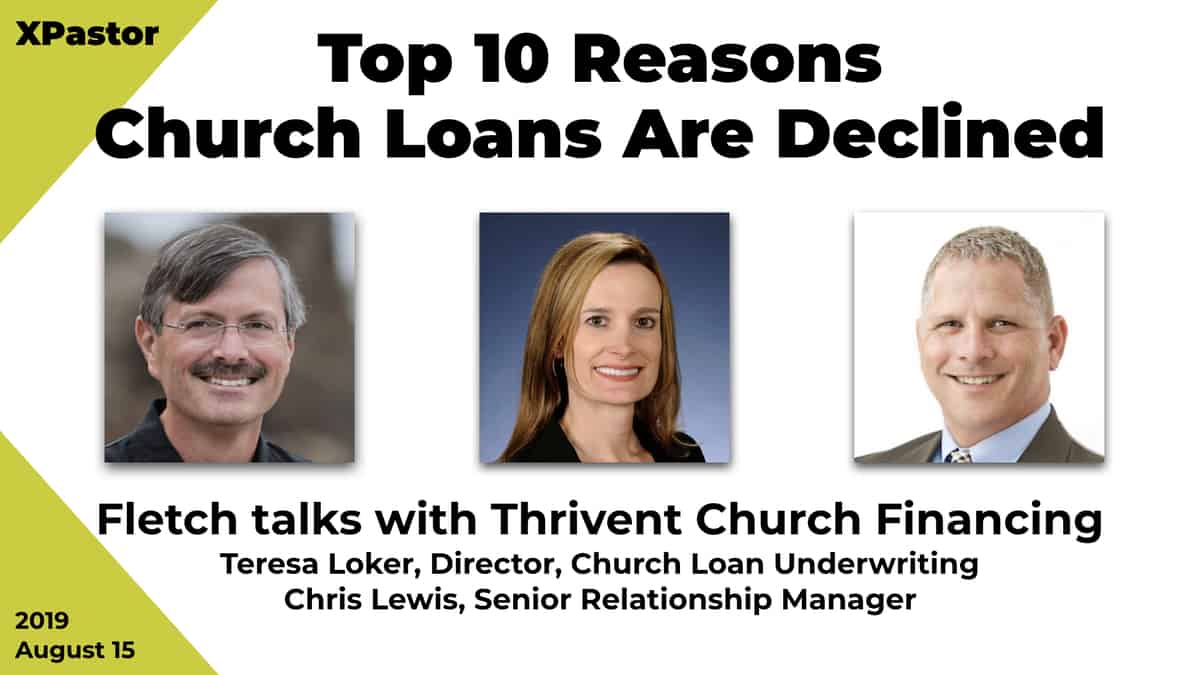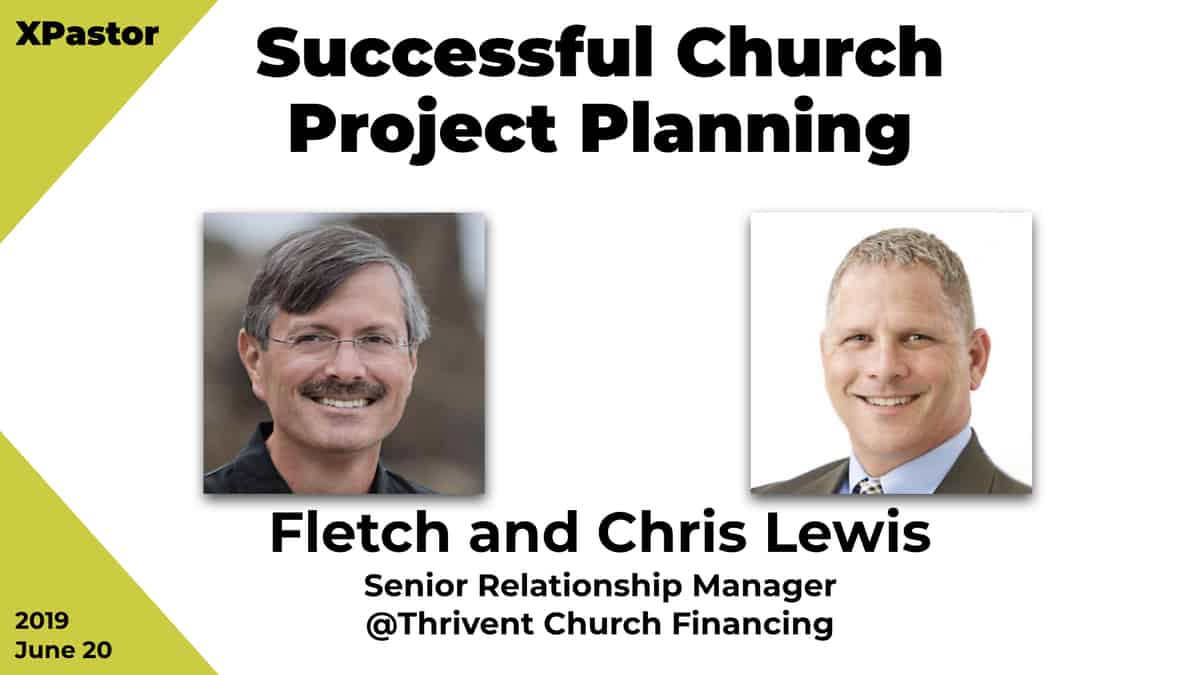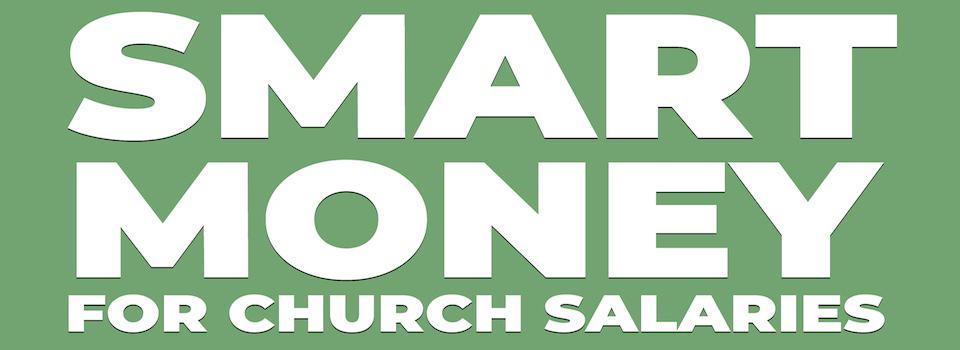It isn’t very often that you get to save $17,000 per month for your church. I was able to do just that by refinancing my church’s debt while maintaining a strong local relationship with a lender on my terms. I’ve negotiated loans for churches large and not so large. They’ve been stable financially and not so much. The goals of these churches for financing have been different, too. How does one go about obtaining financing? Like all objectives in leadership, you need to have a plan.
The first thing you need to do is determine what your goals are. Your church may be growing and you need financing to help accommodate that growth. You might be determined to get out of debt. You might need to free up cash flow. It might be a combination of things. Once you’ve determined what your goals are, you can contact potential lenders to see what they can offer.
You have to understand what potential lenders are looking for when they prepare proposals for a loan. They’re asking questions, too. What is the church’s current financial situation? What is the growth pattern of the church? Is the church personality driven or is it long-established and stable? Is the church dependent on a few key donors to fund their operations? Being honest with yourself about these questions will help set your expectations for what the potential lenders may offer.
My most recent experience with obtaining financing was an excellent situation with which to work. The church was very strong financially. The debt-to-net asset ratio was really low. The church has been around for a long time and had a strong statement of financial position. I was able to show years of consistent and stable growth in donations and giving records revealed a large group of people giving faithfully. In other words, the church wasn’t overly dependent on a few key donors.
Despite the strong financial performance, the church’s existing loan was at a relatively high interest rate at 4.75% and had onerous prepayment penalty provisions. I inquired about refinancing prior to term and requested that the lender waive the prepayment penalty since we would be continuing our lending relationship along with significant deposits in the institution.
The response I received was that the penalties couldn’t be waived at the time, but they would refinance without penalty within six months of reaching the five-year term of the loan. I decided not to take them up on their offer. Rather, since they chose not to waive the penalty, I informed them that I would begin shopping the loan to several potential lenders in order to obtain the best possible financing for the church.
About four months prior to the existing loan reaching term, I contacted several local banks as well as some other large institutions that are national in scope. I let all the potential lenders know that I was looking for a loan with a low fixed interest rate and the ability to prepay with minimal or no penalties. My hope was to put the church in a position to get out of debt within five years or free cash flow to pursue other projects that were in development. I contacted seven banks in all.
Within weeks, the proposals began to come in. The church leadership created a sub-committee to review potential loans. Given the church’s strong financial position, the proposals were all attractive. With the counsel of the sub-committee, we narrowed our list of potential lenders to three. I contacted these three and let them know in general terms where they stood. I gave them another week to submit a revised proposal. I also informed the institutions that didn’t make the cut that I appreciated their effort. Our existing lender was one of those that didn’t make the cut.
Within a couple days, a vice president from our existing lender contacted me and said they valued our relationship and asked if it would be possible to submit another proposal. I agreed because I felt it was in our best interest to continue the relationship. If you’ve ever changed banks, you would understand. There are so many things to consider when changing a banking relationship, it’s often easier to maintain the existing one.
After agreeing to let them submit another proposal, the vice president got back with me quickly. The revised proposal was everything I was looking for. The interest rate offered was an excellent 2% fixed for five years. In fact, the accepted interest rate was a full percentage point less than the original offer. The prepayment terms were also good. This new loan gave us the flexibility to use the freed up cash flow to pursue the other projects or pay off the loan and be debt free within five years.
Obtaining financing can take time. However, if you know what you’re looking for and are realistic in your expectations, you can help put your church in a good financial position for years to come.


